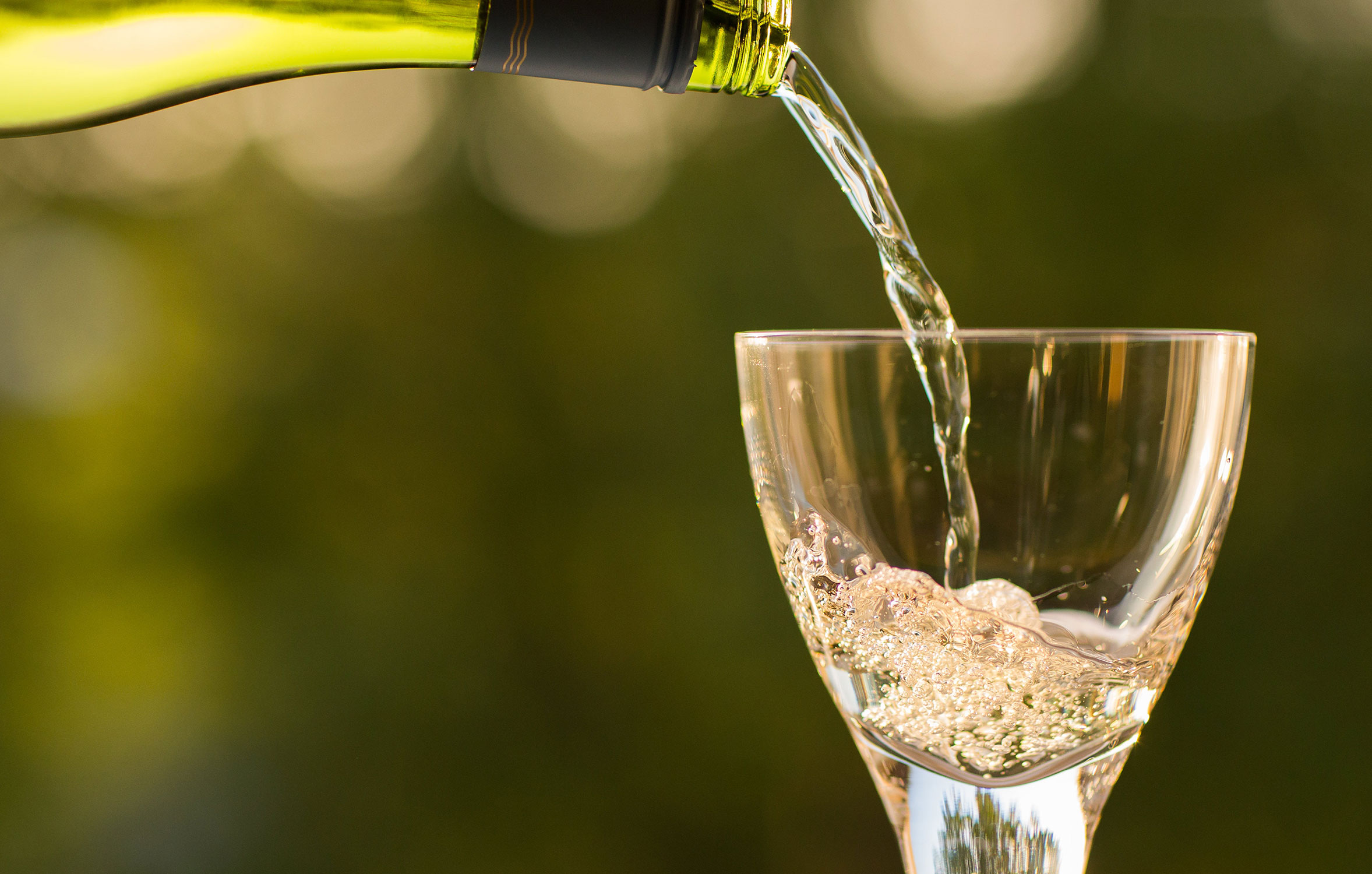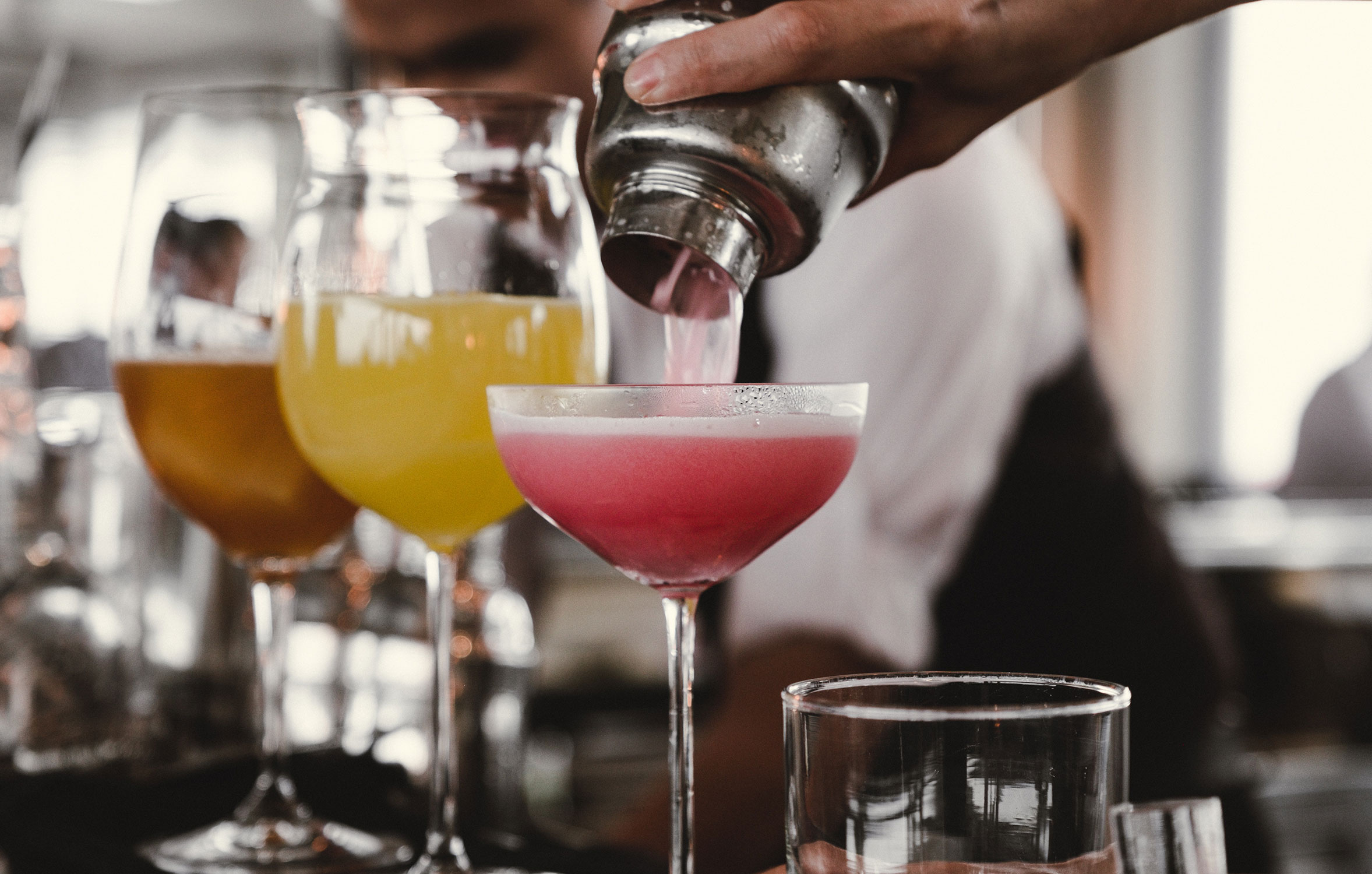The tradition of savoring alcoholic drinks in Japan goes back to the ancient historical period. Drinking in pubs and bars and on social occasions continues to be an integral aspect of Japanese society. You’ll get a good idea of the well-entrenched drinking culture in Japan when you step inside an izakaya (Japanese bar).
While you take your seat inside an izakaya, you’ll see well-heeled executives and professionals sipping on sake or shochu. The Japanese are renowned for being workaholics, and many locals head to bars after work for a drink for de-stressing. And there are different types of bars you can step into-shot bars, standing bars (tachinomi), bar-cum-restaurants, and so on.
Immerse yourself fully in an izakaya’s gregarious and convivial atmosphere while you order a Japanese whiskey, vodka or beer.
Shochu
Japanese regard the ‘shochu’ as their homegrown vodka. The brewing history of this distilled spirit goes back at least 500 years when the drink was first in Kyushu. For preparing shochu, a blend of koji mold, yeast, and water undergoes fermentation.
After that, a macerated mixture of base ingredients like sugarcane, buckwheat, sweet potatoes, rice, and barley is added. Finally, the entire mixture goes through a meticulous distillation process that imparts to it a soothing flavor. Refined Japanese men usually opt for a shot or two of shochu to get into the mood.
Depending on your preferences, you can order a mugi or barley shochu, sweet potato shochu or buckwheat shochu. If you like a slightly bitter and mild tang, go for the buckwheat variety and if you want your shochu to taste sweet, choose sugarcane shochu. You can have your shochu straight up, mix with ice or water or other alcoholic drinks.
Sake or Nihonsu
Japanese’s most celebrated spirit, sake is almost synonymous with alcohol. Popularly referred to as sake globally, Nihonsu stands for a variety of alcoholic beverages in the land of the rising sun. The essential ingredients needed for brewing Nihonsu are koji mold, water, and rice.
The brewing of a special rice strain known as sakamai, yields sake, often called the Japanese rice wine. The rice grains are thoroughly pulverized, rinsed, and steamed and blended with water, yeast, and koji mold. After that, the concoction undergoes fermentation for 3-4 weeks following which extra amounts of koji, water, and rice are added.
The fermented mixture is allowed to age for 5-6 months. The final step comprises filtering and bottling the blend. Nihonsu has an alcoholic content that varies from 10% to 20% which makes the spirit remarkably strong.
Awamori
Awamori happens to be the Okinawan adaptation of shochu. While short-grained rice goes into brewing shochu, Awamori uses long-grain Thai variety of rice. One of the earliest spirits to be brewed in Japan, Awamori has a very alcohol content, usually varying from 30%-50% ABV.
Don’t throw up if you come across bottles containing alcohol with coiled up snakes at the bottom. Awamori serves as the base liqueur for preparing the snake alcohol. Awamori has an inebriating effect on you owing to the use of black koji. Kusu, a highly refined form of awamori is aged for at least three years.
Some variations of awamori can be up to 20-25 years old.
Atsukan
The Japanese prefer drinking Atsukan, a hot variation of sake, particularly during the winter. Nearly the same ingredients are used for distilling sake and atsukan that include koji mold, rice, water, and yeast. Atsukan means ‘hot sake’ and you’ll find variations of the spirit including nurukan, tobikiri, hitohadakan, yukibie, and hiyakan.
The different versions of Atsukan taste perfect at a specific temperature; for instance, the original Atsukan tastes great at 50˚C. The common expression used for referring to hot sake or Atsukan is kanzake or pokane.
Umeshu
Umeshu, an extremely popular Japanese liqueur, tastes very invigorating and refreshing. A particular type of Japanese plum is mixed with sugar for soaking in sake or shochu for months on end. You’ll come across over 300 variations of umeshu containing a wide variety of organic ingredients like lemons, green tea, herbs, and so on.
You can take umeshu straight up or dilute it cold or warm water or add ice cubes.
Chuhai
If you abbreviate the words ‘shochu’ and ‘highball,’ you get ‘Chuhai.’ A fruit-based alcoholic beverage, Chuhai enjoys a high level of popularity in Japanese bars. A blending of fruit-flavored carbonated water and sake or shochu creates Chuhai. In case the bitter tanginess of shochu does not appeal to you, you can taste the chuhai cocktail.
Chuhai has sweet and stimulating palate owing to its low alcohol content that ranges from 3%-9% ABV. Supermarkets and outlets across Japan sell canned chuhai. Moreover, bars and pubs throughout the country serve fresh chuhai.
Whiskey Highball
Japanese whiskeys tend to be relatively new compared to the time-honored spirits like sake, awamori or shochu. Despite their short histories, Japanese whiskeys are giving traditional Scotch brands a run for their money. A few well-known brands Nikka and Yamazaki have contributed towards making Nipponese whiskeys popular all over the world.
Whiskey Highball, a once popular alcoholic drink prepared by pouring soda water in whiskey, is on a comeback trail. Do you know that Japan happens to be the 2nd biggest producer of single malt whiskey in the world?
Amazake
The locals sip piping hot amazake-a sweet version of sake-especially during the Japanese New Year. You can consume the non-alcoholic form of Amazake prepared from rice koji or the alcoholic variant made from sake lees. However, alcoholic Amazake contains a very small proportion of alcohol.
You’ll find many youngsters drinking Amazake made from rice koji as the drink keeps them snug and warm. You can also drink Amazake as a health tonic as the spirit abounds in glutamine, dietary fibers, folic acid, and vitamin B.
Yuzushu
Yuzushu happens to be the Japanese equivalent of the Italian lemon-flavored liqueur limoncello. The ingredients used for making Yuzushu are nearly the same as those used for preparing limoncello. A citrus fruit, typical to Japan, known as ‘yuzu,’ substitutes the sour plum used for brewing limoncello. The taste of Yuzushu is somewhat piquant owing to the use of yuzu lemons.
Beer
Beer dominates all other alcoholic drinks in Japan terms of sales, making it the most popular beverage in Japan. The majority of Japanese usually prefer ordering a beer to other alcoholic beverages when they step inside an izakaya. The locals go for the bin biru or the nama Biru-the former being a half-liter bottle while the latter being a draft beer.

